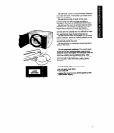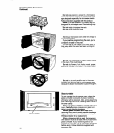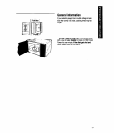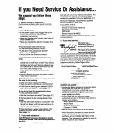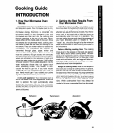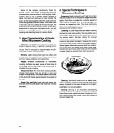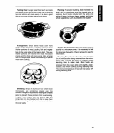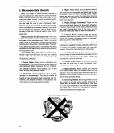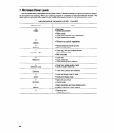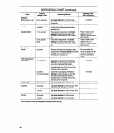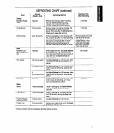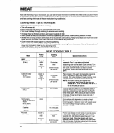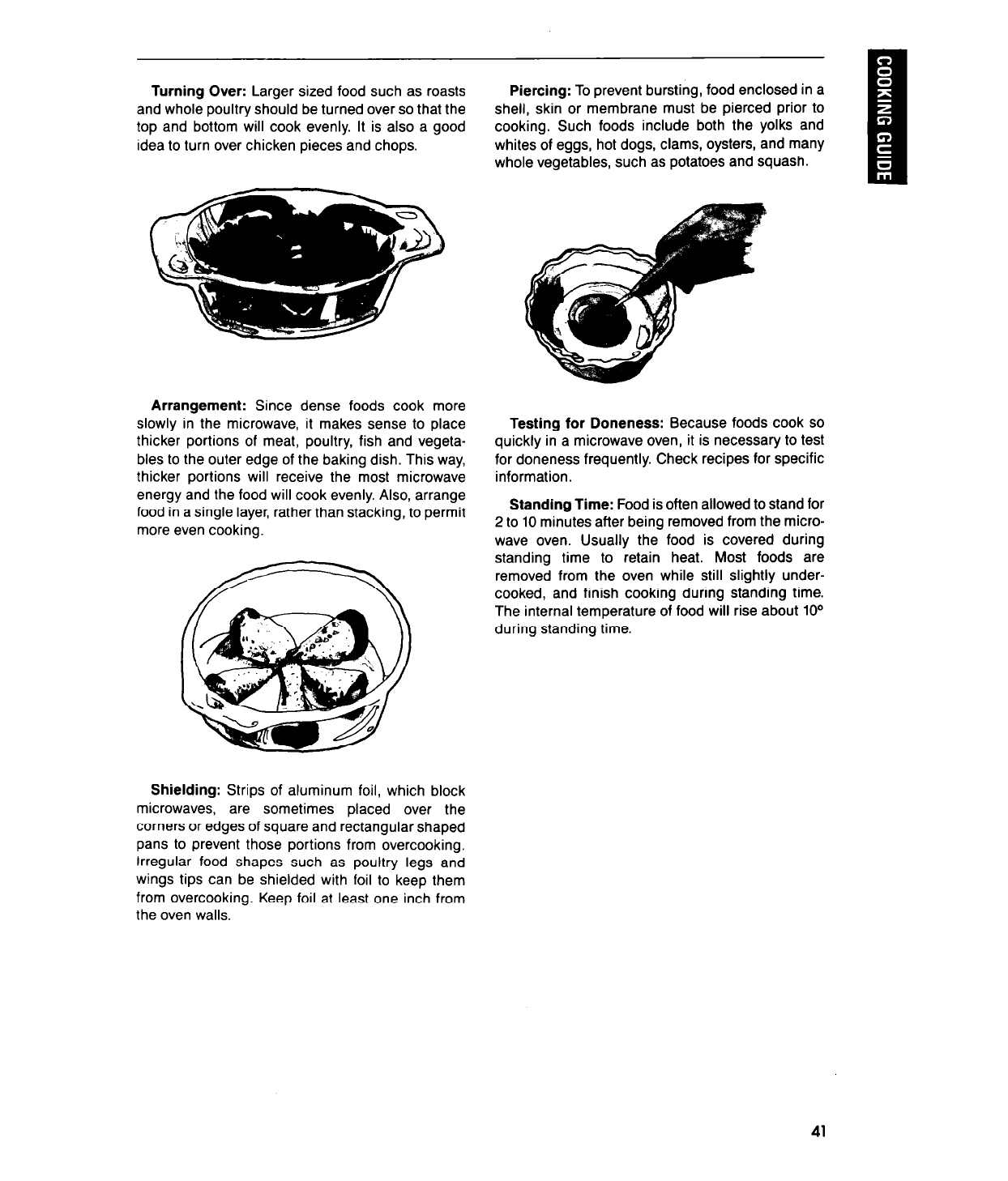
Turning Over: Larger sized food such as roasts
and whole poultry should be turned over so that the
top and bottom will cook evenly. It is also a good
idea to turn over chicken pieces and chops.
Piercing: To prevent bursting, food enclosed in a
shell, skin or membrane must be pierced prior to
cooking. Such foods include both the yolks and
whites of eggs, hot dogs, clams, oysters, and many
whole vegetables, such as potatoes and squash.
Arrangement: Since dense foods cook more
slowly in the microwave, it makes sense to place
thicker portions of meat, poultry, fish and vegeta-
bles to the outer edge of the baking dish. This way,
thicker portions will receive the most microwave
energy and the food will cook evenly. Also, arrange
food in a single layer, rather than stacking, to permit
more even cooking.
Shielding: Strips of aluminum foil, which block
microwaves,
are sometimes placed over the
corners or edges of square and rectangular shaped
pans to prevent those portions from overcooking.
Irregular food shapes such as poultry legs and
wings tips can be shielded with foil to keep them
from overcooking. Keep foil at least one inch from
the oven walls.
Testing for Doneness: Because foods cook so
quickly in a microwave oven, it is necessary to test
for doneness frequently. Check recipes for specific
information.
Standing Time: Food is often allowed to stand for
2 to 10 minutes after being removed from the micro-
wave oven. Usually the food is covered during
standing time to retain heat. Most foods are
removed from the oven while still slightly under-
cooked, and finish cooking during standing time.
The internal temperature of food will rise about 10”
during standing time.
41





